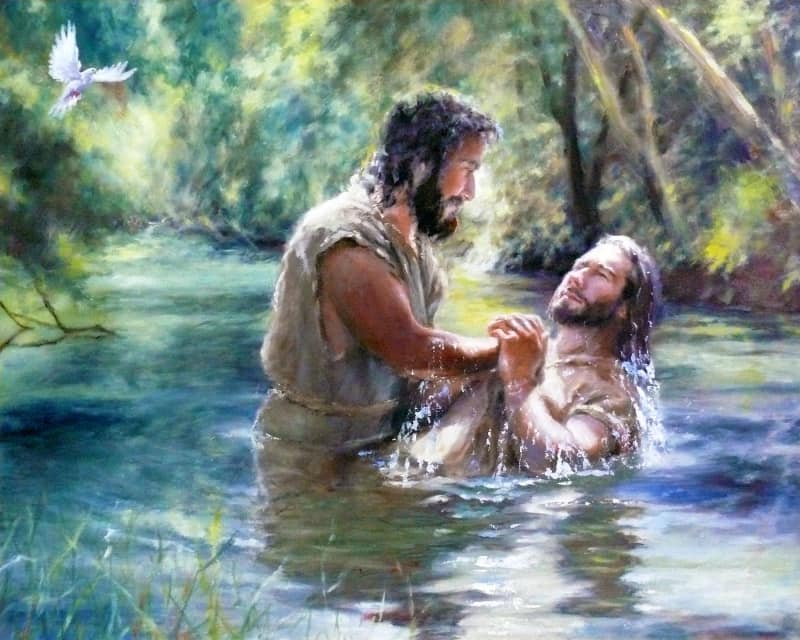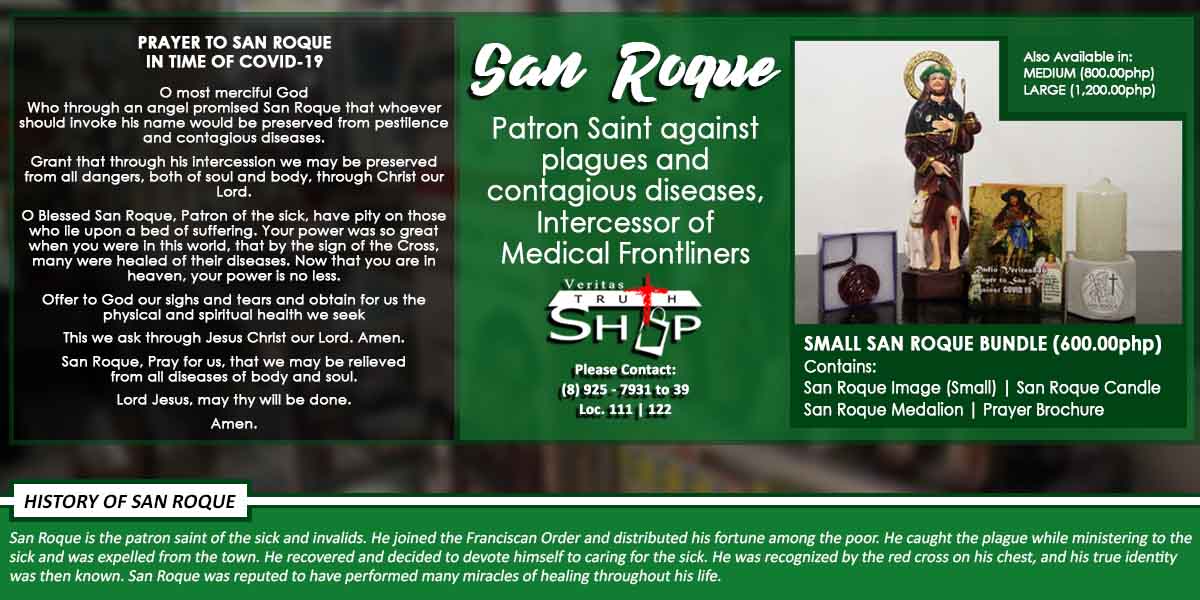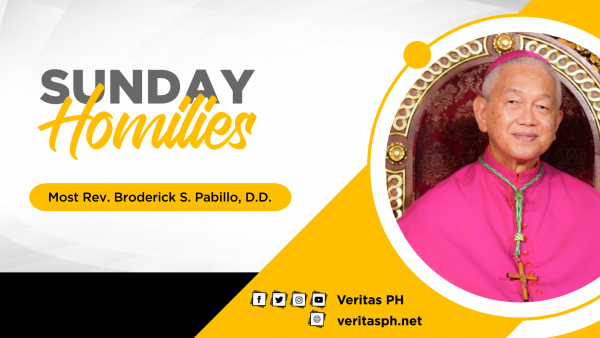384 total views
Homily for Friday of the Christmas Season, 06 Jan 2023, Mk 1:7-11

If there was one significant turning point in the life and mission of Jesus, it must have been that day when he was baptized by John. After that experience, he seemed to have been ready for almost anything, ready to wrestle even with the devil. John had led him to that moment of disclosure of his true identity—what I called the “Bulaga” experience yesterday. He would discover his divinity only by immersing himself fully in the wretchedness of the human condition.
The story of the baptism is told in all four Gospels in spite of the fact that it is actually a very embarrassing detail in the life and mission of Jesus. Why do I call it embarrassing?
First of all, to say that Jesus was baptized by John is to admit that he began as a mere follower of this eccentric preacher, whom people regarded as “the prophet Elijah come back to life”. Secondly, John’s ritual immersion was called a “Baptism of Repentance for the forgiveness of sins”. In fact, repentance from sin was part of the requirements for people who came to him to be baptized. He called on people to confess their sins as an expression of their sincere desire to follow him and be part of his community.
Sometimes John even went to the extent of shouting out loud the sins of some people, especially when he felt that they were not sincere about following him. For example, in Matthew 3:7, we are told that when John saw many of the Pharisees and Sadducees coming to his baptism, he said to them, “You brood of vipers! Who warned you to flee from the coming wrath?”
And so you see, St. Padre Pio was not original when, on some occasions, according to people’s stories, he practically read the hearts of some of his penitents and told their sins to their faces especially when they tried to whitewash or sugarcoat their wickedness.
John the Baptist seems to have done it before Padre Pio ever did. In Luke 3:13 He said to the tax collectors who came to him for baptism, “Stop collecting more than what is prescribed.” And to the soldiers who came to him with the same request, he said in Luke 3:14, “Do not practice extortion, do not falsely accuse anyone, and be satisfied with your wages.” How did he know, you might ask? Well, I guess you do not have to be a clairvoyant to be able to know the kind of abuses some people in power are capable of doing.
John seemed fully aware of the moral and spiritual bankruptcy of the Israelite people in his time. They were coming to the temple to ask the priests to offer animal sacrifices and burn incense for them before the Ark of the Covenant, but they lived their lives in total disregard for the covenant.
And so he led people to the Jordan river, to reenact the very first time they had entered into the promised land as a people vowed to a covenant relationship with Yahweh their God. I imagine John giving long homilies, like telling the story of Naaman the Syrian leper who had been told by the prophet Elisha to immerse himself seven times in the murky water of the river Jordan if he wanted to be healed of his leprosy (2 Kings 5). John must have spoken of sin as a worse disease than leprosy.
And so why did I say at the start that Jesus’ baptism was actually a source of embarrassment? If the requirement for baptism was repentance and confession of one’s sins, of course the next logical thing to ask is, “What sins did Jesus confess to John?” Remember what the letter to the Hebrews would later say about the priesthood of Christ? That he was “one like us in all things except sin?” (Heb 4:15)
This must be the reason why Matthew tells us John actually tried to prevent him, saying, “I need to be baptized by you, and yet you are coming to me?” (Mt 3:14). It’s like Matthew is confronting his own embarrassment about it. He wants us to imagine Jesus’ baptism as a symbolic expression of the KENOSIS, the self-emptying of the Son of God. It is his full immersion in the vulnerability of our human condition, including our proneness to temptation. That the only sins he carried and did penance for were not his, but ours. That is why in the fourth Gospel John introduces him as “The Lamb of God who takes away the sins of the world.” (Jn 1:29)
Somebody asked me why the image of the Black Nazarene is already there with us when we are not even finished yet with the Christmas season. My answer is, “It is an advanced reminder that the Messiah whom the Magi sought out and offered gifts to, the one we have adored as Christ the Lord will not save the world like an invincible Superman. He will be the Nazarene Lord, blackened by our human cruelty. He will know what it means to be insulted and rejected, to be falsely accused, to be condemned like a criminal. He will know what it is like to hunger, thirst, and bleed and as we all do. He will know what it is to struggle with temptations, to doubt, to agonize, to be abandoned, to suffer and die.
It was at that moment when he was immersed in the Jordan by John that it became clear to him who he was and what his mission was about: “You are my beloved Son; with you I am well pleased.” It was the turning point that seemed to have prepared him for the worst.
He is the Nazareno who invites you and me, yes, all of us to that turning point that will also make us discover who we are in the sight of God—his sons and daughters, and which alone can make us ready for anything in life.


















